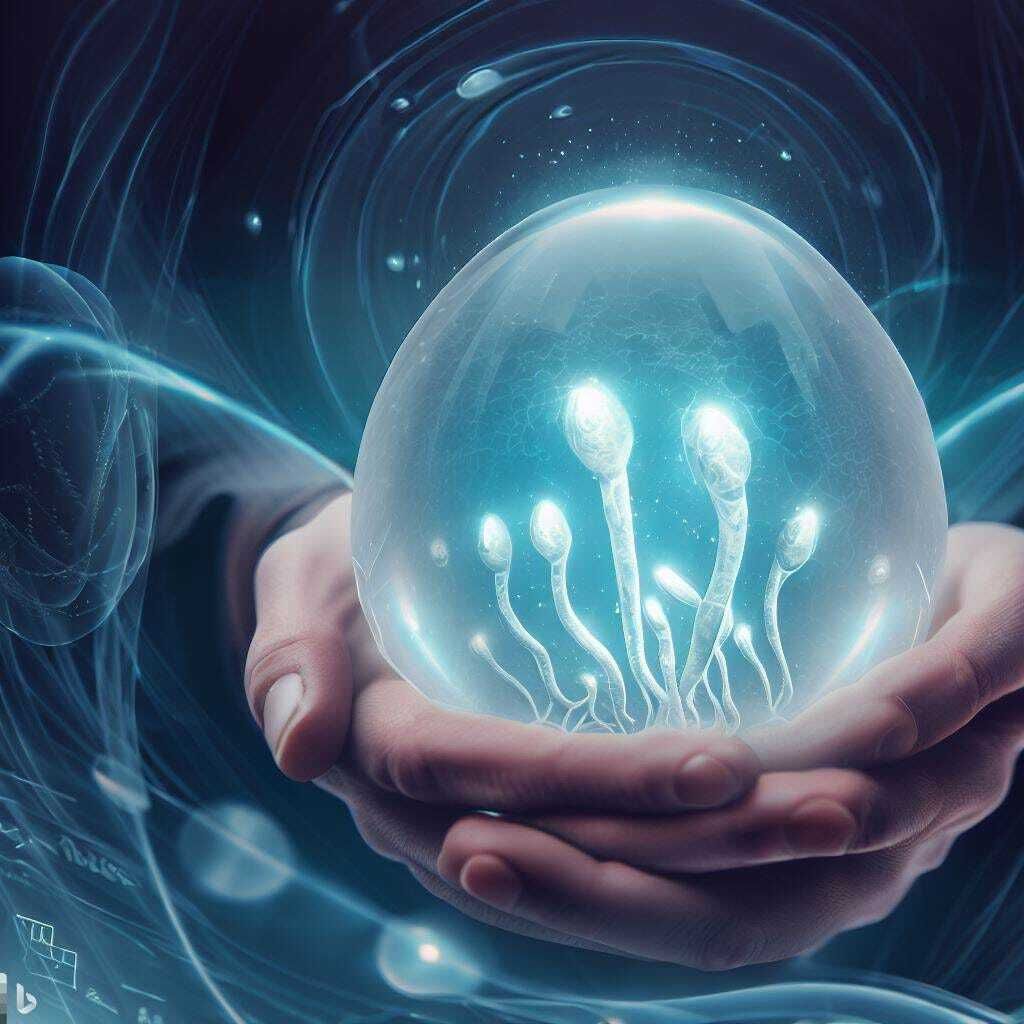- Future of Business w/ Delaney McGuire
- Posts
- Birth 2.0: How Science is Shaping the Future of Parenthood
Birth 2.0: How Science is Shaping the Future of Parenthood
The following is a reflection & condensed summary of a fascinating lengthy publication ‘The Future of Fertility’ in The NewYorker by Emily Witt on April 17, 2023.

Imagine a world where making babies is no longer limited to traditional methods of sex. Thanks to groundbreaking research by Japanese reproductive biologists Hayashi and Saitou, who reprogrammed skin cells from a mouse's tail into stem cells and transferred them to the uteruses of female mice, this may soon become a reality. In their experiment, the female mice gave birth to ten healthy pups that were described as "grossly normal." This breakthrough has the potential to revolutionize human reproduction and change the way we approach fertility issues.
The concept of in-vitro gametogenesis (I.V.G.) is gaining traction in the field of reproductive science. Researchers are now exploring the possibility of creating gametes, such as eggs and sperm, outside the body using stem cells. This could open up new possibilities for couples struggling with infertility or individuals who wish to have children without traditional methods of conception.
Conception Biosciences, a biotech startup founded by Krisiloff and Hurtado González, is at the forefront of this research. They are working on developing technologies to mature eggs in-vitro by reprogramming blood cells into stem cells, which are then programmed into primordial germ cells, the precursors to eggs. These germ cells are then placed in lab-grown helper cells that re-create the ovarian environment to promote egg development.
The potential applications of I.V.G. are vast and diverse. Researchers are using stem-cell biology to test chemicals on human gametes, develop contraceptive methods, and even grow human eggs and sperm for transplantation back into the body. This could have significant implications for fertility treatments, contraceptive options, and reproductive health in general.
However, there are still challenges to overcome. The process of maturing eggs in-vitro is complex and not yet fully understood. There are concerns about the safety and ethical implications of creating gametes outside the body, and questions about the long-term effects of such technologies on reproductive health and equality.
Despite these challenges, the field of reproductive science is buzzing with excitement about the potential of I.V.G. to revolutionize human reproduction. Futurists have even speculated about the possibility of a "unibaby," where a person could reproduce with themselves using their own reprogrammed stem cells.
In her full article, Emily describes visiting Conception Biosciences' headquarters in Berkeley, being struck by the passion and dedication of the team of scientists working on this cutting-edge research. Krisiloff, the founder, was adamant about avoiding the impression of being just another tech entrepreneur. He recognized the importance of taking a cautious and thoughtful approach to this groundbreaking research, with a focus on safety and ethical considerations.
As a neuroscientist and advocate for reproductive longevity and equality, Jennifer Garrison sees I.V.G. as just one piece of the puzzle in addressing female reproductive inequality. She emphasizes the need to sync up aging in the female reproductive system with aging in the rest of the body to ensure overall reproductive health.
The future of reproductive science is undoubtedly exciting and filled with possibilities. With continued research and advancements in technologies like I.V.G., we may soon witness a paradigm shift in how we approach human reproduction. From reprogramming skin cells to create gametes, to growing eggs and sperm in a lab, the potential to overcome infertility and other reproductive challenges is immense. While there are still hurdles to overcome, the progress being made in this field is awe-inspiring and offers hope for a future where making babies is no longer limited to traditional methods.